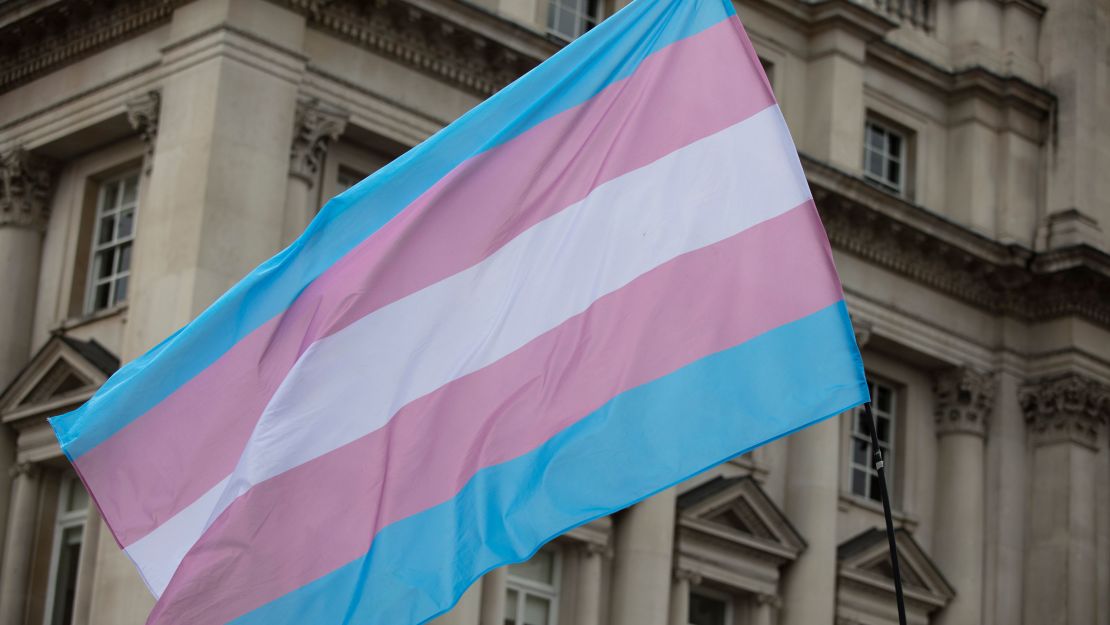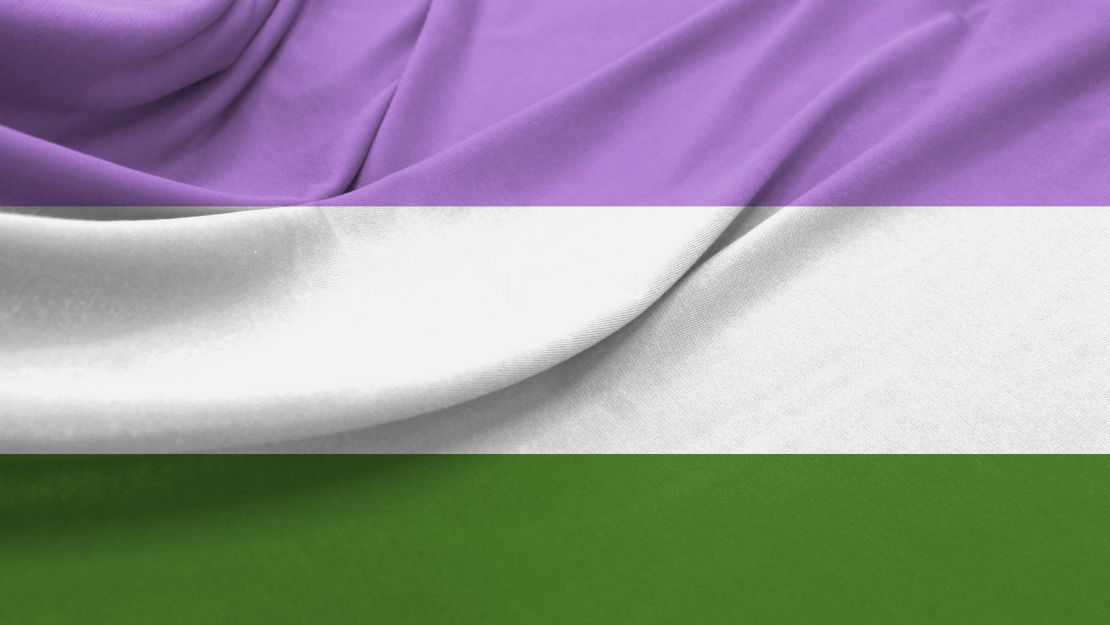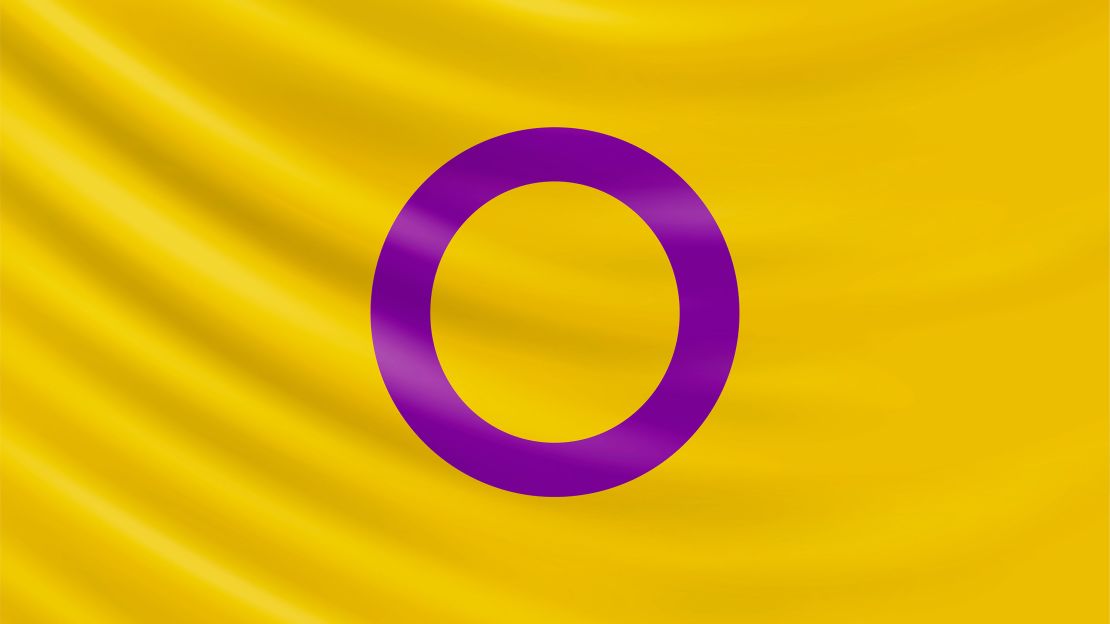With Demi Lovato revealing that they are non-binary and using they/them pronouns, it’s a good time to make sure you’re up to speed on pronoun etiquette.
Because the English language lacks gender-neutral pronouns, those who fall outside the gender binary – that is, people who don’t identify as singularly male or female – may find he/him and she/her constructions to be, well, lacking.
Enter the singular “they.”
The singular “they” has been used in English for at least 600 years. And it’s not the only originally plural pronoun that has since been adopted for singular use – the word “you” began to replace “thou” and “thee” centuries ago and now, it feels absurd to imagine otherwise.
Still, if you’ve been taught grammar a certain way, you might find that ensuring you’ve got the correct pronouns for someone or using “they” and “them” to refer to an individual takes some getting used to. Or maybe you know a friend, coworker or family member who could use some guidance on all this.
Shige Sakurai, the founder of International Pronouns Day and the associate director of the LGBT Equity Center at the University of Maryland, College Park, spoke to CNN in 2019 about why the pronouns we use to refer to people matter and what to do if you slip up.
NOTE: A version of this story originally appeared in 2019.
First, a quick grammar refresher
Personal pronouns are the words used in place of specific people, places or things. Pronouns such as “me, myself and I” are how people talk about themselves, and pronouns such as “you, she, he and they” are some pronouns that people use to talk about others.
A person’s pronouns are the third-person singular pronouns that they would like others to use for them. Personal pronouns are used to convey a person’s gender identity and don’t necessarily align with the sex a person was assigned at birth.
The most common third-person singular pronouns are “she/her/hers” and “he/him/his.” “They/them” can also be used to refer to a single person, while some people use gender-neutral or gender-inclusive pronouns like “ze/hir” (pronounced “zee/here”) instead.
Some people might use both “she/her” and “they/them” pronouns, while some might use one or the other. And others might not use pronouns at all and go only by a name.
It matters what pronouns you use for someone
Using the pronouns that a person goes by is a way of respecting that person’s gender identity, meaning a person’s emotional and psychological sense of their own gender.
If someone tells you that they go by the pronouns “they/them,” for example, and you continue to use “he/him” pronouns for them, it can signal that you believe that transgender, non-binary or intersex people are unimportant, or shouldn’t exist.

Intentionally calling someone by the wrong pronoun can make them feel disrespected or alienated, and can take a toll on their mental health. It is also offensive and can be considered harassment.
Sometimes people can use the wrong pronoun for others without realizing it or meaning any harm. Those who aren’t used to thinking about what pronouns others use to refer to themselves might make assumptions about another person’s pronouns based on their name or appearance.
But those assumptions can be incorrect and similarly hurtful because they imply a person has to look a certain way to demonstrate their gender identity.
Language is constantly evolving
You might have been taught in English class that “they” and “them” describe a group of people, while “he” and “she” describe a single person.
But language is constantly evolving, and you need look no further than the foremost authorities on language: dictionaries.

In 2019, Merriam-Webster updated its entry for “they” to include the nonbinary pronoun among its definitions. It also named “they” its word of the year.
Here it is in an example sentence, from Merriam-Webster: “I knew certain things about … the person I was interviewing…. They had adopted their gender-neutral name a few years ago, when they began to consciously identify as nonbinary – that is, neither male nor female. They were in their late 20s, working as an event planner, applying to graduate school.”
Using “they” to refer to an individual isn’t just a case of political correctness, either.
Sakurai said they’ve been in spaces where this has been a practice for decades.
“It might be something that people are now becoming more aware of in more mainstream, broader spaces, but it’s not something that’s a new conversation for trans people or even for some people in the LGBT community sometimes,” Sakurai told CNN in 2019.
I want to be respectful, but I’m not sure where to start
Often, someone will outright tell you what pronouns they’d like for you to call them. If so, respect that.
If a person hasn’t shared their pronouns and there’s any doubt as to what they are, don’t just guess. Instead, Sakurai suggested continuing to refer to that person by their name until you get more clarity.

Sakurai also recommended sharing your own pronouns first, which creates an invitation for others to do the same.
Asking a person directly about their pronouns is also an option, but be mindful of the context and environment that you’re in. Is it in front of a large group of people where that person could feel singled out? Is the setting friendly to transgender and non-binary people? If you think the question could make someone uncomfortable, it might be worth having a more private conversation.
Some people might not be “out” as transgender or non-binary in certain settings and might therefore be reluctant to share. Others might be transitioning or coming to terms with their gender identity and the question could bring up painful feelings for them.
Be sensitive and use your best judgment.
Start normalizing the sharing of your own pronouns
It might feel a little awkward at first, especially if you’re not used to thinking about gender identity as distinct from a person’s biological sex.
Ultimately though, normalizing the practice of sharing or asking about pronouns helps build a more supportive and inclusive environment for intersex, transgender and non-binary people. It lets those folks know that you see them and respect who they are.

Some easy ways to start doing this include incorporating your pronouns in your email signature or adding them to your bio on social media profiles.
And at the end of the day, sharing your own pronouns or asking for someone else’s is not nearly as awkward as making an incorrect assumption.
What to do if you slip up
If you realize in the moment that you’ve mistakenly referred to someone using the wrong pronoun, the best thing to do is quickly correct yourself and move on. You can say something like, “Sorry, I meant ‘they.’”
If you realize that you’ve made a mistake after a conversation has ended, apologize privately and move on.
Don’t apologize over and over again or keep telling that person how badly you feel about your mistake, Sakurai said. Doing so can make the person who was misgendered feel uncomfortable or responsible for comforting you, which isn’t their job.
If the person who you misgendered gets upset, try to put yourself in their shoes. Aside from feeling like their identity has been denied, it’s possible that this person has experienced many similar instances and this one mistake finally pushed them to a breaking point, Sakurai said.
Keep in mind that their reaction might not necessarily be about you, but about the harm they’ve experienced by repeatedly being referred to incorrectly.





